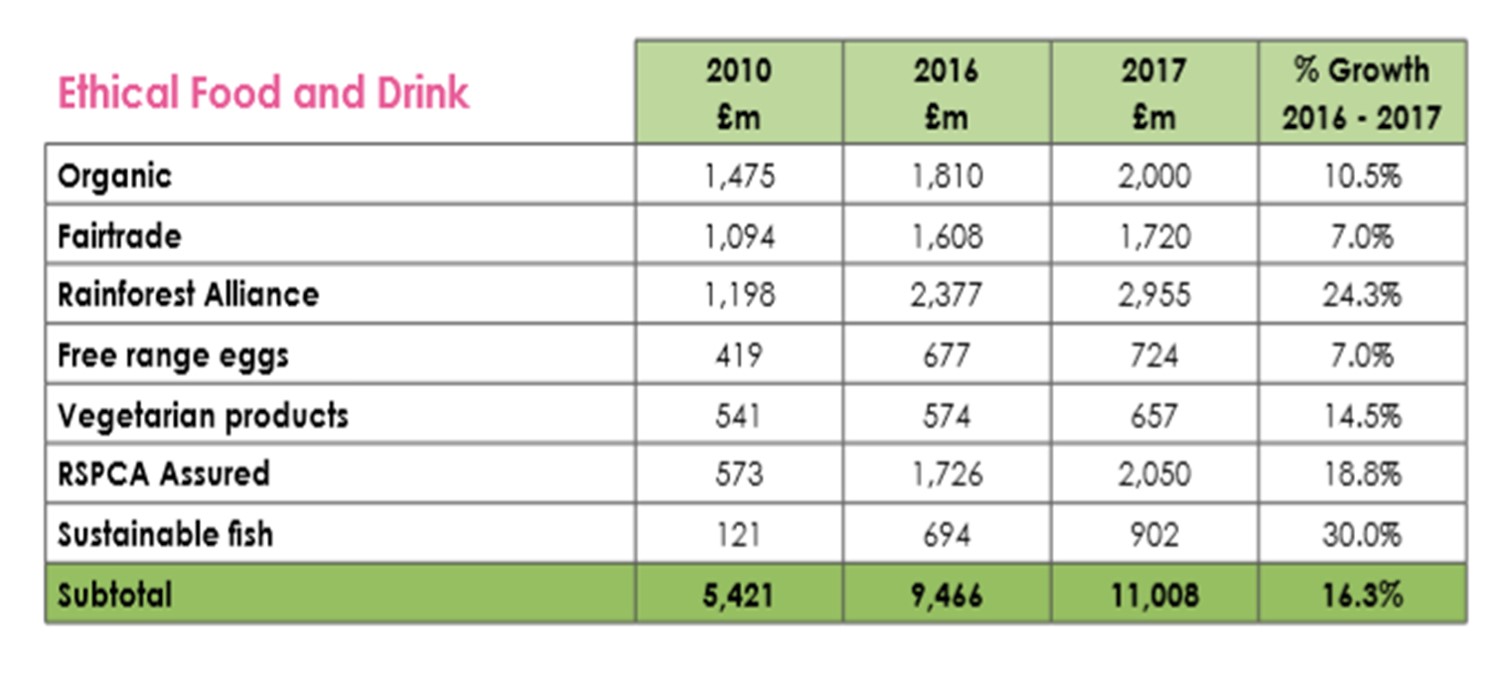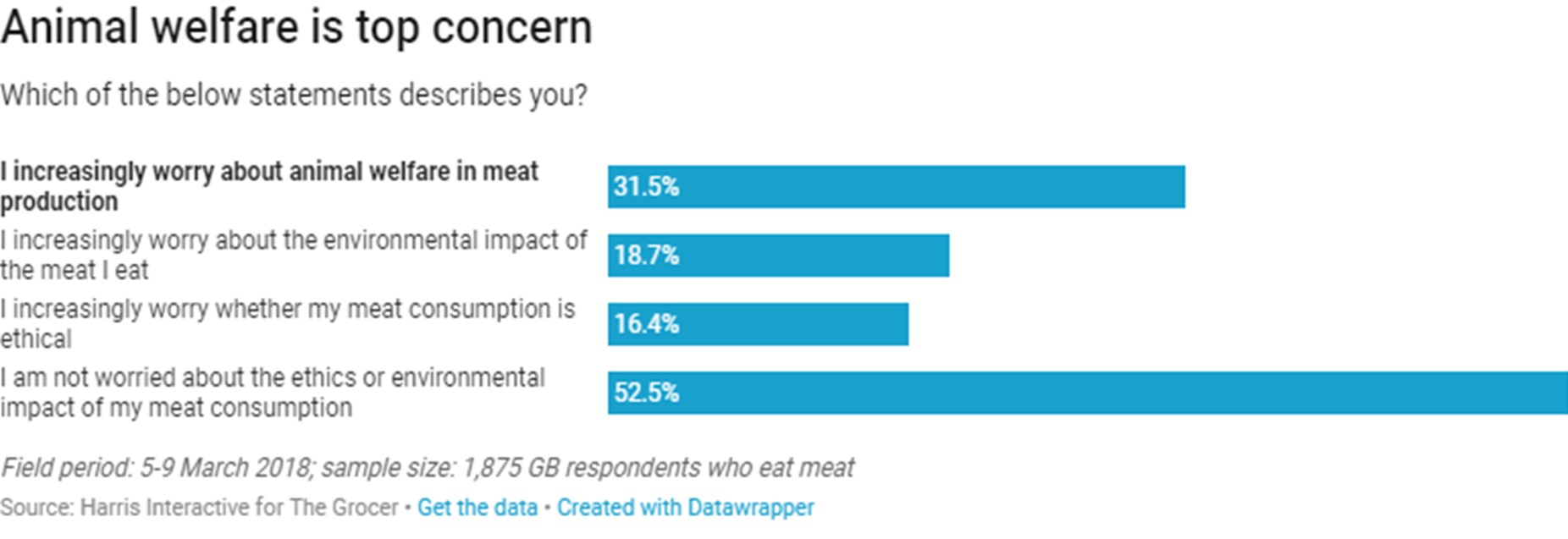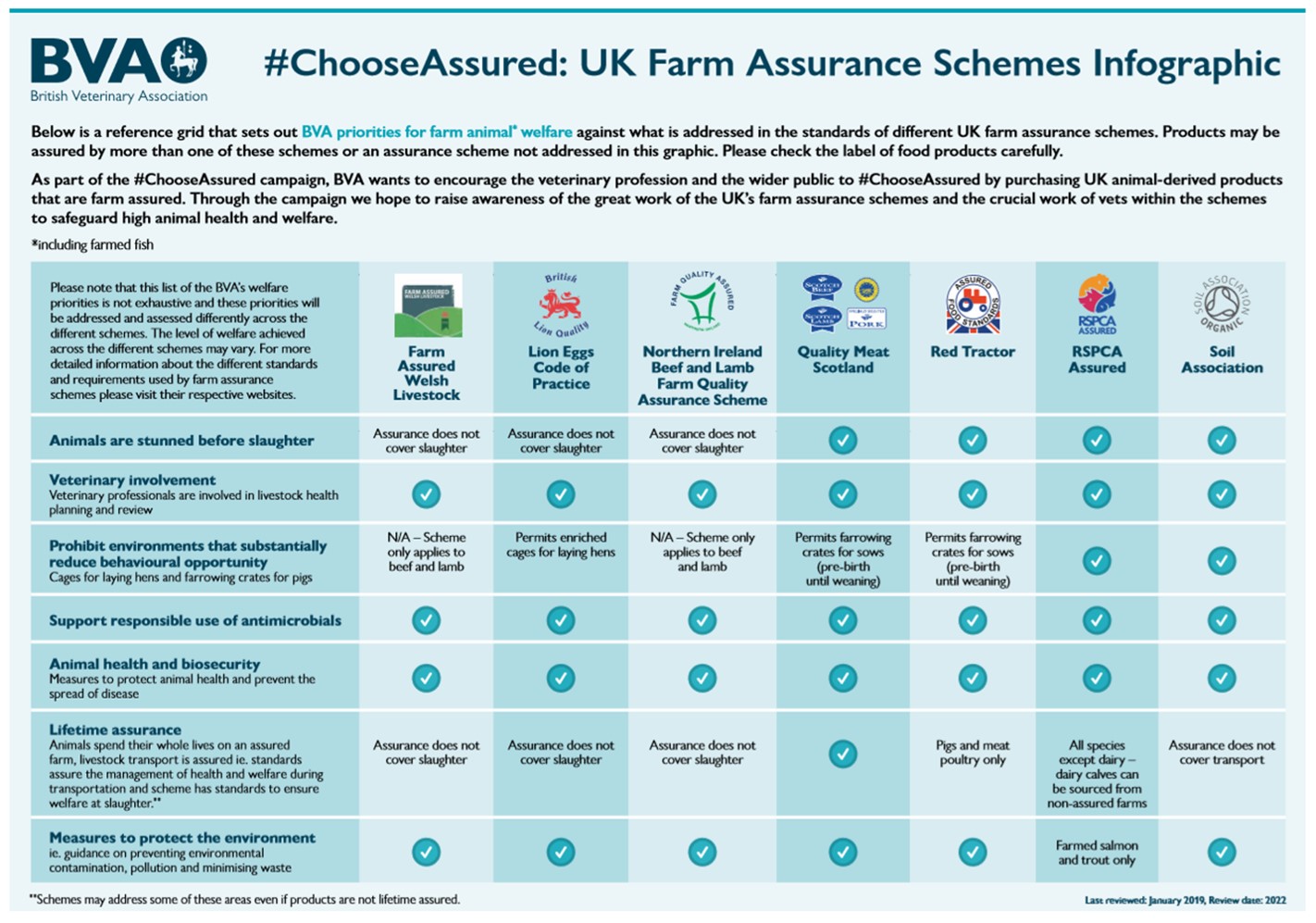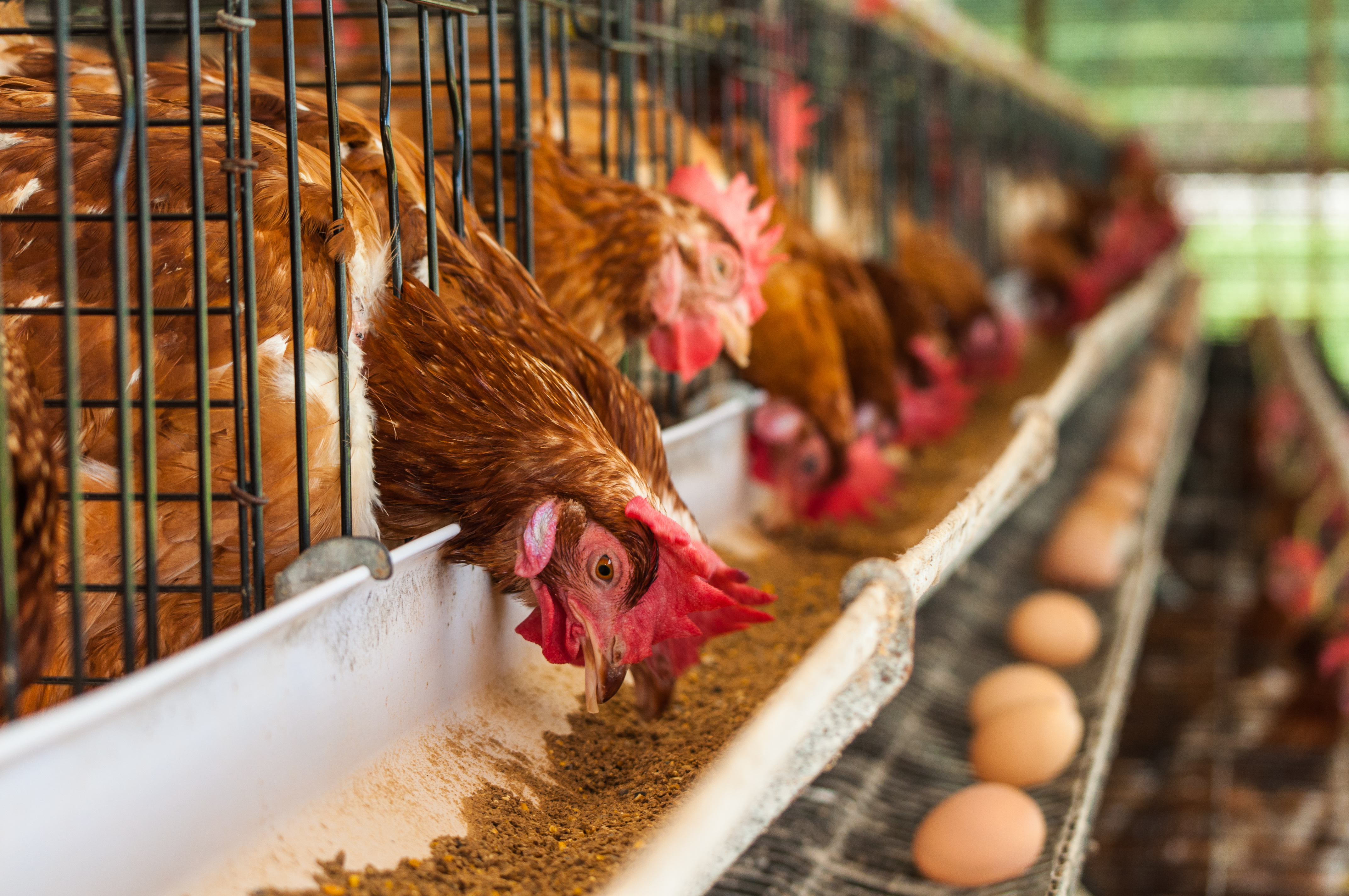



Enriched cages do not provide a “life worth living” for laying hens
It’s often said that UK farming has the highest animal welfare standards in the world, and yet animal welfare is the top concern amongst many UK shoppers. If British legislation on farm animal welfare is considered world class, why are citizens concerned? Do assurance schemes guarantee that animal welfare principles are implemented on farms?
As it stands today, the ability to perform normal behaviours is considered a luxury for farm animals, featuring only in systems certified by premium schemes. Is this in line with our understanding of animal welfare science, and emerging citizen expectations?
FAI’s veterinary consultant Laura Higham recently presented at the 12th Boehringer Ingelheim Expert Forum on Farm Animal Well-being in Prague and made the case for phasing-out all confinement systems in laying hen production to enable species-specific behavioural opportunities as a necessity, not a luxury.
The term “consumer” is a very familiar word in food business. It described shoppers as people with similar behaviours and drivers in their selection of supermarket produce; primarily interested in product consistency and price points.
But things are changing through a growing contingent of conscientious consumers, or “citizens,” who wish to create a more positive society by utilising their spending power to drive ethical food supply chains.
As citizens, we don’t just want choice, we want roles in the reinvention and reshaping of our food system, and we are increasingly interested in the animal welfare standards behind the meat, milk and egg products that we buy.
Animal welfare is an increasingly important factor in purchasing decisions by citizens globally. According to surveys, around 70 percent of respondents in the UK, USA and Australia are concerned about farm animal welfare.
We can see from results of surveys by the Ethical Consumer and The Grocer (see Figures 1 and 2) that there is robust growth in ethical markets and that animal welfare is the top concern amongst many UK shoppers. Another survey suggested that 72 percent of respondents in China considered farm animal welfare important, with 75 percent willing to pay more for higher welfare pork. This “citizen shift” is translating into purchasing decisions, evidenced by the cage-free egg movement seen in many countries across the world, and an increase in the trend for less-but-better flexitarian diets.

© The Ethical Consumer, 2018

© The Grocer, 2018
Veterinary surgeons are key stakeholders in the world food system. We are trusted advisors of our farming clients and largely considered by the public to be custodians of animal welfare. The British Veterinary Association (BVA) recognised that in order to fulfil these roles, we should be supporting citizens to make informed choices regarding farm animal welfare, but that few members of the public fully understand the food assurance labels that are designed to help them. Therefore, the BVA devised an infographic to compare a number of UK assurance schemes in a simple to understand format, in terms of the BVA’s seven priority areas, including welfare at slaughter, use of antibiotics and measures to protect the environment.
The result is the chart shown in Figure 3, explain the differences between the selected schemes. Most notably, this chart highlights the fact that all but two assurance schemes allow the confinement systems that prevent sows and laying hens from performing “normal behaviour.” In fact, the schemes that certify the majority of British animal produce allow confinement.

© BVA, 2018
The Five Freedoms were formulated by the Farm Animal Welfare Council (FAWC) in the 1970s, and are now well recognised internationally. Accordingly, UK legislation and farm assurance schemes have traditionally focused on limiting some of the negative aspects of welfare featured in the Five Freedoms. However, over time, our aims have shifted from not just alleviating negative experiences for animals in their farmed environments, but to facilitate the expression of positive psychological wellbeing.
FAWC recently proposed that the minimum standards of farm animal welfare should move beyond the assessment of the Five Freedoms to achieve a “life worth living” and, as an aspirational standard, introduced the concept of a “good life” in 2009. To have a “life worth living,” animals should experience interest, comfort, pleasure and confidence. To this end, animals on commercial farms can be provided with varied resources such as bedding and foraging substrates, exercise areas and enrichment objects from which they can choose.
But most of the schemes featured in the BVA’s infographic allow the confinement systems that impede the normal behavioural repertoire of laying hens.
The modern laying hen is a distant relative of the red jungle fowl, and they share the same behavioural repertoire as their descendants, including roosting at night and foraging on the floor during the day. Hens that are unable to perform these behaviours in commercial environments will suffer.
Use of the enriched colony cage for the productive lifetime of commercial hens impedes the performance of locomotion, exploring, dust bathing, foraging, wing flapping and stretching, which can lead to “sham” behaviours and feather pecking. Caged systems also fail to provide a variety of resources that individuals can choose to use: access to woodland, for example, and the provision of wholegrains and forage crops, complex structures to explore and a variety of dust baths.12 Therefore, the enriched cage is not compatible with our aim to provide “good life” opportunities for hens.

Opponents of free-range production argue that keel bone fractures and infectious diseases are often less prevalent in cage systems compared to cage-free environments. This argument supports the confinement of laying hens based on a limited repertoire of health outcomes. However, selecting robust laying hen genetics suitable for cage-free environments to reduce osteoporosis, and reviewing the design of house furniture to reduce keel bone fractures offer more sustainable solutions that tackle the root causes of the problems and optimise all welfare outcomes.
In summary, I believe that all assurance schemes with an animal welfare component should be putting into practice our long-held scientific understanding of animal welfare, embodied in the frameworks of the five freedoms and the “good life” - and phase-out all confinement systems to enable species-specific behavioural opportunities as a necessity, not a luxury.
And as vets, I believe it is time for us to be constructively critical about the systems deployed to farm the animals under our care and support a shift towards those that generate balanced outcomes for all aspects of animal welfare, including physical health and psychological wellbeing. Because – as highlighted by the #ChooseAssured campaign - when it comes to facilitating normal, species-specific behaviours, the most prevalent standards for farm animal production in the UK are falling short of our ambition to provide a “good life” for all animals.
| References | ||||
|---|---|---|---|---|
| BBFAW | ||||
| (2012) | Farm Animal Welfare and the Consumer, | Investor Briefing No. 7 | ||
| Ethical Consumer | ||||
| (2018) | Ethical consumer markets report | |||
| The Grocer | ||||
| (2018) | What shoppers think about meat-free and plant-based, explained in 12 charts. | |||
| World Animal Protection | ||||
| (2016) | Chinese consumers support better welfare for pigs | |||
| Bonnet, P., Lancelot, R., Seegers, H. and Martinez, D. | ||||
| (2011) | Contribution of veterinary activities to global food security for food derived from terrestrial and aquatic animals. OIE 79th General Session World Assembly, Paris 22-27 May 2011 | Paris | ||
| Duffy, R. and Fearne, A. | ||||
| (2009) | Value perceptions of farm assurance in the red meat supply chain. British Food Journal | 111 (7) | ||
| British Veterinary Association | ||||
| (2018) | New BVA infographic helps shoppers get savvy on farm assurance schemes | |||
| Farm Animal Welfare Council (FAWC) | ||||
| (1979) | Farm Animal Welfare Council Press Statement. FAWC | London | ||
| Farm Animal Welfare Council (FAWC) | ||||
| (2009) | Farm Animal Welfare in Great Britain: Past, Present and Future. FAWC | London | ||
| Mellor, D. | ||||
| (2016) | Updating Animal Welfare Thinking: Moving beyond the “Five Freedoms” towards “A Life Worth Living.”. Animals | 6 (21) | ||
| Edgar, J., Mullan, S., Pritchard, J., McFarlane, U., Main, D. | ||||
| (2013) | Towards a ‘Good Life’ for farm animals: Development of a Resource Tier Framework to Achieve Positive Welfare for Laying Hens.. Animals | 3 | ||
| Price, E.O. | ||||
| (1998) | Behavioral genetics and the process of animal domestication. Academic Press | In: Grandin, T. (Ed.), Genetics and the Behavior of Domestic Animals | San Diego | |
| Duncan, I. | ||||
| (1998) | Behavior and Behavioral Needs. Poultry Science | 77 | ||
| Jensen, P. and Toates, P. | ||||
| (1993) | Who needs ‘behavioural needs’: Motivational aspects of the needs of animals.. Applied Animal Behaviour Science | 37 | ||
| Lee, H.W., Louton, H., Schwarzer, A., Rauch, E., Probst, A., Shao, S., Schmidt, P. & Erhard, M.H. and Bergmann, S. | ||||
| (2016) | Effects of multiple daily litter applications on the dust bathing behaviour of laying hens kept in an enriched cage system. Applied Animal Behaviour Science | 178 | ||
| Sherwin, C.M., Richards, G.J. and Nicol, C.J. | ||||
| (2010) | Comparison of the welfare of layer hens in 4 housing systems in the UK. British Poultry Science | 51 (4) | ||
| Farm Animal Welfare Council (FAWC) | ||||
| (2010) | Opinion on Osteoporosis and Bone Fractures in Laying Hens. FAWC |









